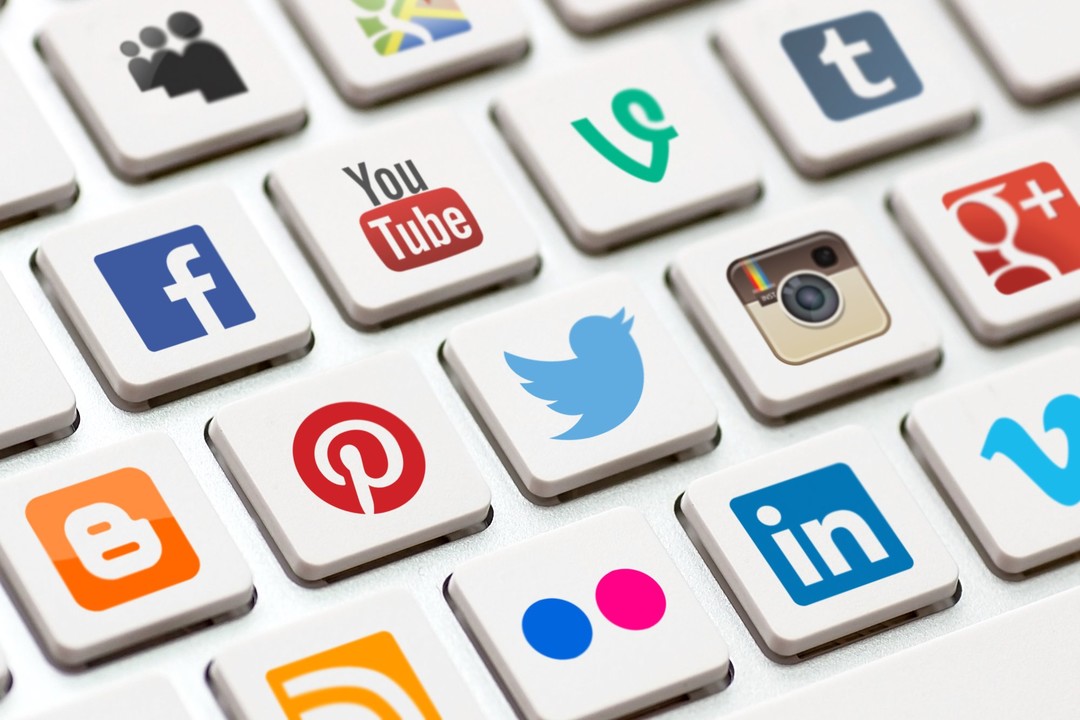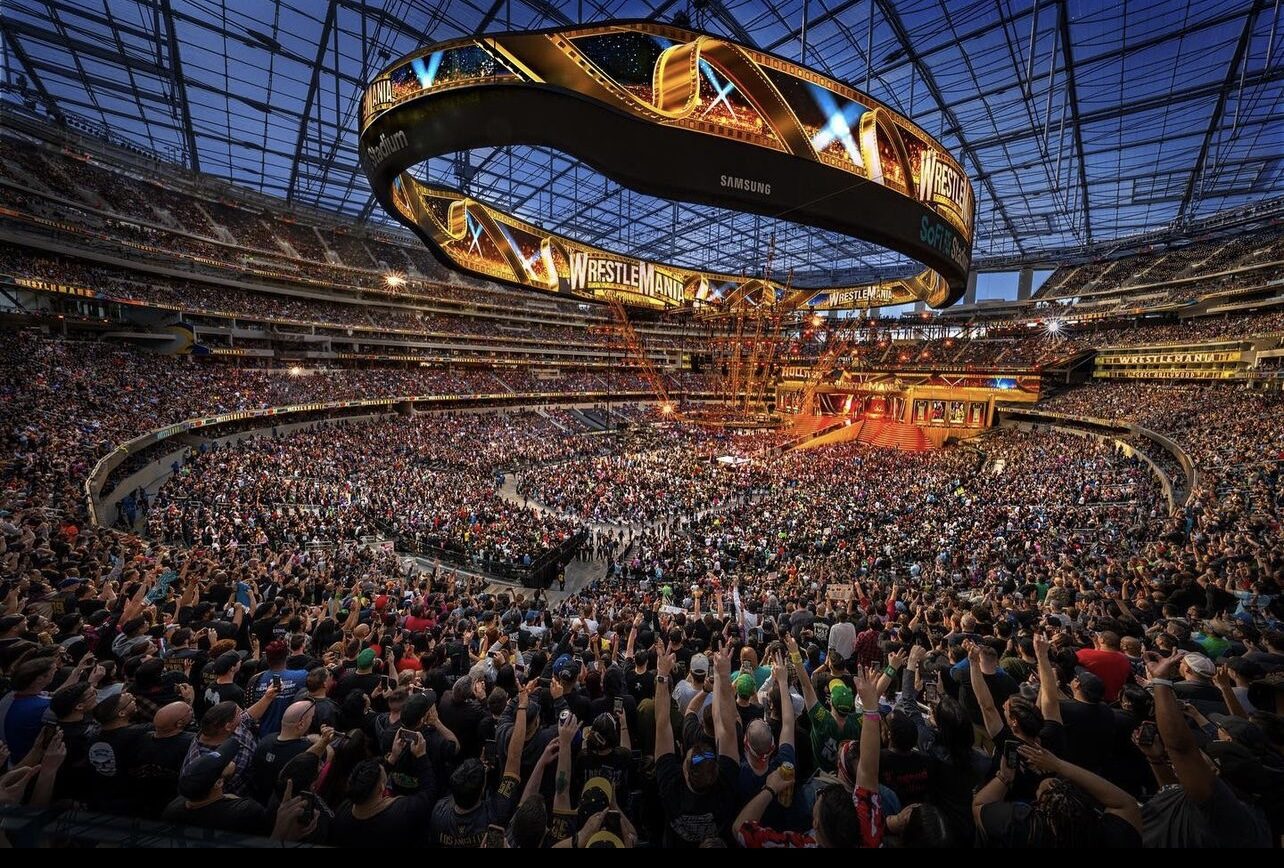
In today’s fast-paced digital world, social media sites have become an integral part of our daily lives. These platforms not only facilitate communication and connection but also influence our behaviors, opinions, and even our purchasing decisions. This article delves into the significance of social media sites, their impact on society, and how they have revolutionized the way we interact with the world.
The Rise of Social Media Sites
Social media sites have come a long way since their inception in the early 2000s. Platforms like Facebook, Twitter, and LinkedIn paved the way for a new era of online interaction. These sites started as simple networks for connecting with friends, family, and colleagues, but quickly evolved into powerful tools for communication, marketing, and content sharing.
Facebook, launched in 2004, was initially designed for college students but soon opened its doors to the general public. It revolutionized the concept of social networking by allowing users to create profiles, share updates, and connect with people across the globe. Twitter, founded in 2006, introduced the concept of microblogging, enabling users to share short, real-time updates with their followers. LinkedIn, which started as a professional networking site, has grown into a platform for job seekers, recruiters, and industry professionals to connect and share industry-related content.
The Influence of Social Media on Society
Social media sites have had a profound impact on society, influencing everything from personal relationships to global politics. These platforms have changed the way we communicate, giving us the ability to connect with others instantly, regardless of geographic location. This has led to a more interconnected world, where information and ideas spread rapidly.
One of the most significant impacts of social media is its role in shaping public opinion. Platforms like Twitter and Facebook have become important channels for news and information, often breaking stories before traditional media outlets. This real-time dissemination of information has empowered individuals to become citizen journalists, sharing their perspectives and experiences with a global audience.
However, the influence of social media on public opinion is a double-edged sword. While these platforms provide a voice to the voiceless, they also contribute to the spread of misinformation and fake news. The rapid sharing of unverified information can lead to the proliferation of false narratives, which can have serious consequences, especially in the context of politics and public health.
Social Media as a Marketing Tool
For businesses, social media sites have become essential marketing tools. These platforms provide a cost-effective way to reach a large audience and engage with customers. Social media marketing allows businesses to build brand awareness, drive traffic to their websites, and increase sales.
Platforms like Instagram and Pinterest are particularly effective for visual content marketing, allowing businesses to showcase their products and services through images and videos. Facebook and Twitter, on the other hand, are more suited for content sharing and customer engagement. LinkedIn remains the go-to platform for B2B marketing, enabling businesses to connect with industry professionals and share thought leadership content.
One of the key advantages of social media marketing is the ability to target specific demographics. Social media platforms offer advanced targeting options, allowing businesses to reach their ideal customers based on factors such as age, location, interests, and behaviors. This level of targeting ensures that marketing efforts are more effective and yield a higher return on investment.
The Evolution of Social Media Content
The type of content shared on social media sites has evolved significantly over the years. Initially, social media was dominated by text-based updates and status posts. However, with the rise of smartphones and high-speed internet, visual content such as photos, videos, and infographics have become the norm.
Video content, in particular, has seen a massive surge in popularity. Platforms like YouTube, TikTok, and Instagram Reels have capitalized on this trend, providing users with the tools to create and share short-form video content. These platforms have also introduced features like live streaming, allowing users to broadcast events and experiences in real-time to their followers.

User-generated content (UGC) is another trend that has gained momentum on social media sites. UGC refers to content created by users rather than brands or businesses. This type of content is highly valuable because it is perceived as more authentic and trustworthy. Brands often encourage their customers to share their experiences with their products or services on social media, which can help build credibility and drive engagement.
The Challenges of Social Media
While social media sites offer numerous benefits, they also present several challenges. Privacy concerns are a major issue, with users often unaware of how their data is being collected, used, and shared by these platforms. The Cambridge Analytica scandal, in which Facebook data was harvested for political purposes, highlighted the potential for misuse of personal information on social media.
Another challenge is the impact of social media on mental health. Studies have shown that excessive use of social media can lead to feelings of anxiety, depression, and loneliness. The constant comparison with others’ seemingly perfect lives can create unrealistic expectations and contribute to a negative self-image.
Moreover, the algorithms used by social media platforms to personalize content can create echo chambers, where users are only exposed to information and opinions that reinforce their existing beliefs. This can lead to polarization and a lack of understanding between different groups.
The Future of Social Media Sites
As technology continues to evolve, so too will social media sites. Artificial intelligence (AI) and machine learning are already being used to improve the user experience, from personalized content recommendations to advanced chatbots for customer service. Augmented reality (AR) and virtual reality (VR) are also poised to play a significant role in the future of social media, offering users immersive experiences and new ways to interact with content.
The rise of social commerce, where users can shop directly through social media platforms, is another trend to watch. Platforms like Instagram and Facebook have already introduced shopping features that allow businesses to sell products directly through their profiles. This integration of e-commerce and social media is expected to grow, providing users with a seamless shopping experience.
Conclusion
Social media sites have transformed the way we communicate, share information, and do business. They have brought the world closer together, enabling us to connect with others like never before. However, with great power comes great responsibility. As users, it is important to be aware of the potential risks associated with social media and to use these platforms mindfully.
As we look to the future, it is clear that social media will continue to play a central role in our lives. Whether it’s staying in touch with loved ones, staying informed about current events, or discovering new products and services, social media sites are here to stay. By understanding their impact and potential, we can make the most of these platforms while navigating the challenges they present.








